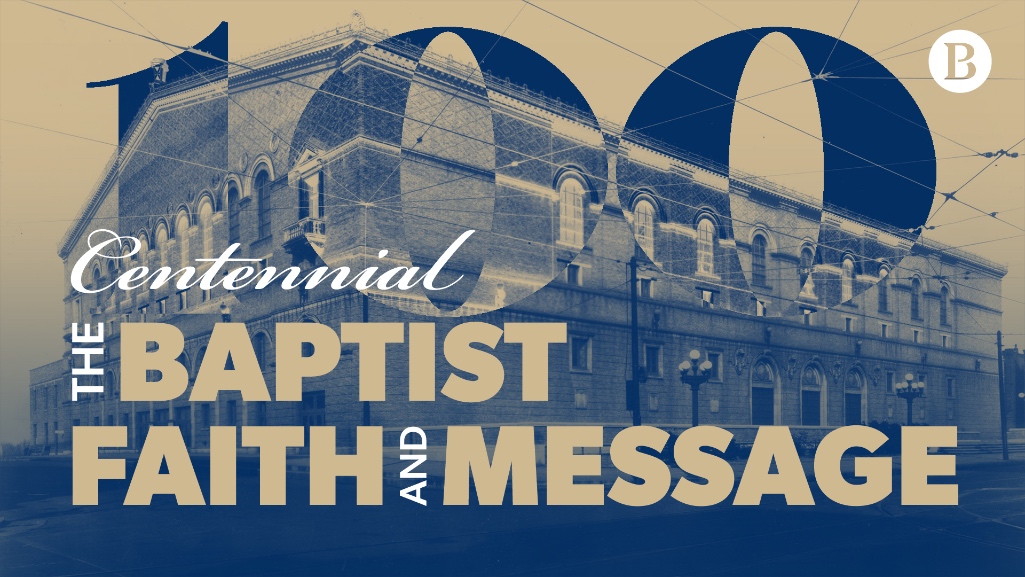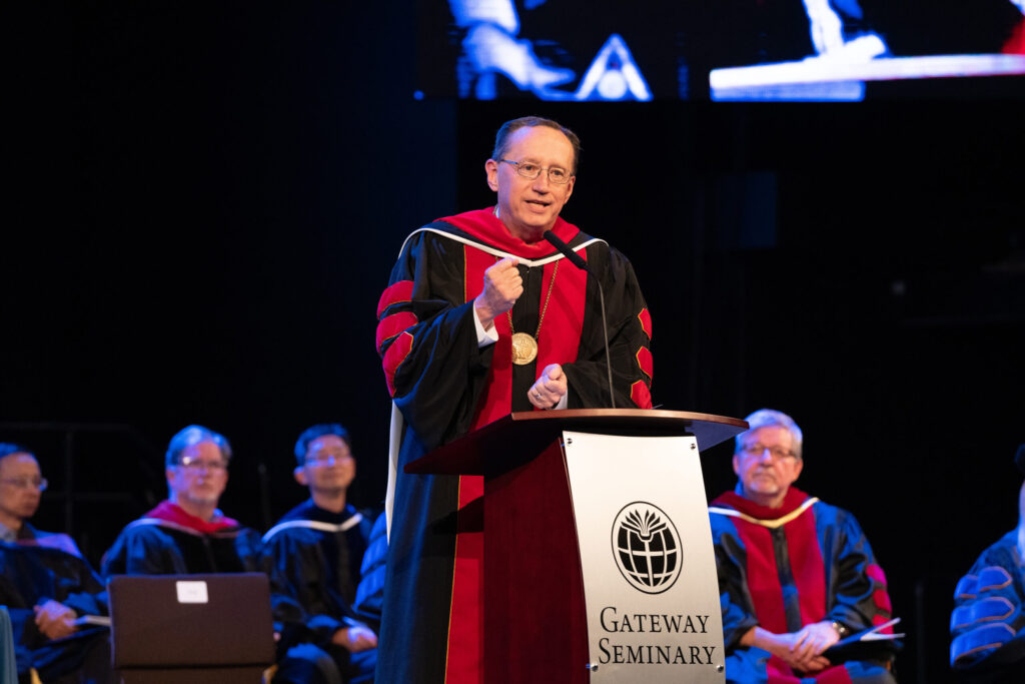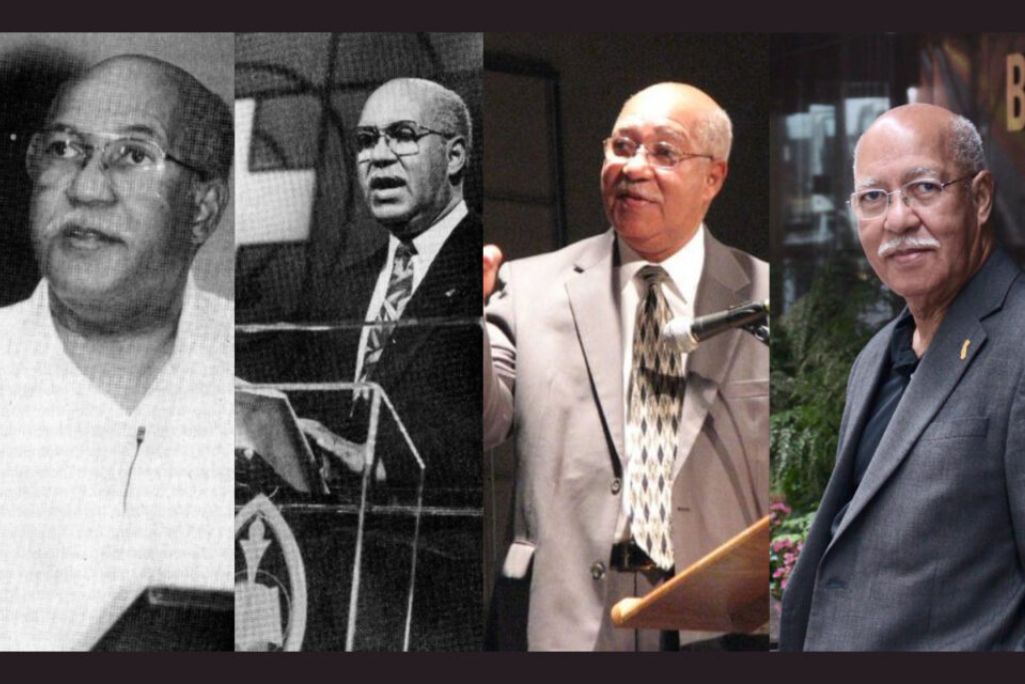
The Southern Baptist Convention (SBC) messengers arriving in Memphis in May 1925 came with a sense of urgency. The entire nation had been caught off guard, two weeks earlier, when it was announced that a trial challenging a Tennessee law against teaching evolution in the public schools had been set for July. The so-called “Scopes Monkey Trial” would pit science against religion in the courts of law and public opinion. Messengers felt a need to respond and adopting a confession of faith would be their answer.
The previous year, seven men had been appointed by the SBC to draft and present “a new Baptist Faith and Message (BF&M).” They reflected a cross-section of SBC leadership, experience and views. All had served as pastors, three were editors of Baptist papers, the others served as educators in colleges and seminaries. Four had or would serve as SBC president. They also represented three factions within the SBC regarding adopting a confession of faith.
The first faction were the anti-creedalists, represented by Robert H. Pitt (1853-1937), editor of the Virginia Religious Herald. They reflected the attitude of the SBC when it organized in 1845 against adopting a “creed.” In 1922, when a proposal to compose a joint confession of faith with Northern Baptists was considered, the anti-creedalists prevailed. Pitt, a trustee of the Foreign Mission Board (now International Mission Board), was focused on raising mission funding and believed time was wasted when debating doctrinal issues. He stated he had no objections to the content of the BF&M, but didn’t believe there was enough of an “emergency” to warrant its adoption. This group represented about 10% of those who participated in a preliminary vote.
The second dissenting voice was the controversial and often combative editor of the Oklahoma Baptist Messenger, Clarence Perry Stealey (1867-1937). Frank Burkhalter, SBC communications director, described this faction as the “radical fundamentalists.” Stealey was an associate of J. Frank Norris of Fort Worth, with whom he developed a back-channel method to support Southern Baptist missionaries who supported their views. Stealey refused to support the committee’s recommendation without a specific anti-evolution statement. He made a motion to insert his amendment, which was defeated by more than a 2-to-1 majority.
The remaining members could be identified as “conservative fundamentalists.” Sanford Miller Brown (1855-1938) was the editor of the Missouri Word and Way. He had served as a denominational leader, editor and music composer. The loss of a son in the battle of the Argonne Forrest during WW1 deeply impacted him which may have been reflected in the inclusion in the BF&M a statement on war and peace.
Edward Clarence Dargan (1852-1930) had taught at Southern Baptist Theological Seminary, publishing a textbook on Baptist doctrines in 1905. In 1925 he was serving as a general editor at the Baptist Sunday School Board. He brought a historical understanding of Baptist beliefs and doctrines. Dargan had earned respect across the SBC while serving as its president from 1911-1913.
William Joseph McGlothlin (1867-1933) was the President of Furman University and had previously served on the faculty of Southern Seminary. At Southern he taught Biblical studies and church history. A noted scholar, he published a book on Baptist confessions of faith in 1911. He served as SBC president from 1930-1932.
Lee R. Scarborough (1870-1945) was the president of Southwestern Baptist Theological Seminary and was serving as the general director of “The 75 Million Campaign.” Scarborough wrote an editorial published in state papers supporting the adoption of the BF&M and highlighting the need to “set up a hedge or wall against the invasion of heresies” across the SBC and its institutions. He had also written and spoken on the theme of Baptist cooperation, a subject included in the BF&M. Scarborough was later elected president of the SBC, serving 1938-1940.
Edgar Young Mullins, (1860-1928) was the president of Southern Seminary and the chairman of the BF&M Committee. Mullins was the most respected Southern Baptist theologian of his era. He had served as the president of the SBC from 1921-1923 and was at the time president of the Baptist World Alliance. His book “Axioms of Religion” (1908) is considered a theological masterpiece.
In 1919, Mullins was asked to compose a statement of Southern Baptist beliefs by the Foreign Mission Board to be shared with Baptist bodies around the world. Its purpose was to discover likeminded Baptists with whom to share mission work. In 1923, while president of the Baptist World Alliance, that body adopted “The Stockholm Statement,” which was intended to serve as an international Baptist confession of faith.
Few grasped or articulated the basic issues confronting Christianity in the early 20th century as well as Mullins. His SBC president’s address in 1923 included a section on science and religion, which that convention adopted as “the belief of this body.” It clearly articulated the dangers of the attempted use of science to undermine biblical authority and presented a Baptist response. Widely reprinted and circulated, it was included as an addendum to the original printing of the Baptist Faith and Message.
Each of these men brought a different perspective to the work of the committee. Their various viewpoints meant that all groups were represented in the deliberations. The document they prepared, which was adopted by the SBC in 1925, has stood the test of time and has provided clarity to Baptists confronting the encroachment of culture on faith in each successive generation. Furthermore, it has provided a theological litmus test for those serving within the bounds of the SBC in order to effectively cooperate in sharing the gospel.
The next installment in this series will explore the various drivers in the decade leading up to the adoption of the BF&M in 1925.
(EDITOR’S NOTE — Charles Jones is a retired pastor and Baptist historian who lives in Athens, Georgia. This piece is the third in a five-part series leading up to the celebration of the 100th anniversary of the Baptist Faith and Message at the 2025 Southern Baptist Convention (SBC) annual meeting in Dallas. Read the first piece here, the second piece here.)


